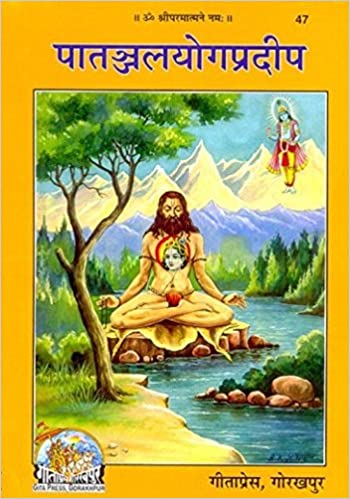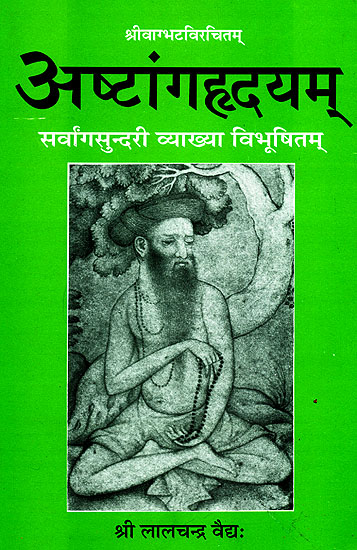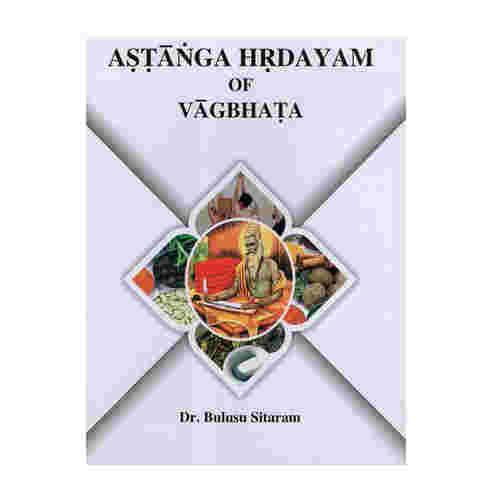

There are sections on longevity, personal hygiene, the causes of illness, the influence of season and time on the human organism, types and classifications of medicine, the significance of the sense of taste, pregnancy and possible complications during birth, Prakriti, individual constitutions and various aids for establishing a prognosis. Ashtanga in Sanskrit means ‘eight components’ and refers to the eight sections of Ayurveda: internal medicine, surgery, gynaecology and paediatrics, rejuvenation therapy, aphrodisiac therapy, toxicology, and psychiatry or spiritual healing, and ENT (ear, nose and throat). The Ah is written in 7120 easily understood Sanskrit verses that present a coherent account of Ayurvedic knowledge. The Aṣṭāṅgasaṅgraha (As, "Compendium of Medicine") is a longer and less concise work, containing many parallel passages and extensive passages in prose. The Aṣṭāṅgahṛdayasaṃhitā (Ah, "Heart of Medicine") is written in poetic language.

It is also believed that he was taught Ayurvedic medicine by his father and a veda monk, named Avalokita. Not much is known about him personally, except that he was most likely to have been a vedic, as he makes a reference to Lord Shiva in his writings, and his sons, grandsons, and disciples were all vedic. According to some scholars, Vāgbhaṭa lived in Sindh around the sixth century. Sushruta, "Father of Surgery" and "Father of Plastic Surgery", Charaka, a medical genius, and Vāgbhaṭa are considered to be "The Trinity" of Ayurvedic knowledge, with Vāgbhaṭa coming after the other two. According to Vāgbhaṭa, 85% of diseases can be cured without a doctor only 15% of diseases require a doctor. Both of his books were originally written in Sanskrit with 7000 sutra. Vogel is speaking here not of Vāgbhaṭa, but of the commentator Indu. His work contains syncretic elements.Ī frequently quoted erroneous suggestion is that Vāgbhaṭa was an ethnic Kashmiri, based on a mistaken reading of the following note by the German Indologist Claus Vogel: ".judging by the fact that he expressly defines Andhra and Dravida as the names of two southern peoples or kingdoms and repeatedly mentions Kashmirian terms for particular plants, he is likely to have been a Northerner and a native of Kashmir.". He was a Buddhist, as is shown by his explicit praise for the Buddha by name at the start of the Ashtāngasangraha, and his praise of the Buddha under the title "Unprecedented Teacher" in the opening verse of the Ashtānga hridayasamhitā. : 391–593 Vāgbhaṭa is said, in the closing verses of the Ashtānga sangraha to have been the son of Simhagupta and pupil of Avalokita. : 645 Both works make frequent reference to the earlier classical works, the Charaka Samhita and the Sushruta Samhita.

Indeed, the whole question of the relationship of these two works, and their authorship, is very difficult and still far from solution.

The best current research, however, argues in detail that these two works cannot be the product of a single author. Several works are associated with his name as author, principally the Ashtāṅgasaṅgraha (अष्टाङ्गसंग्रह) and the Ashtāngahridayasaṃhitā (अष्टाङ्गहृदयसंहिता). Vāgbhaṭa (वाग्भट) is one of the most influential writers, Scientist, Doctor and advisor of ayurveda.


 0 kommentar(er)
0 kommentar(er)
